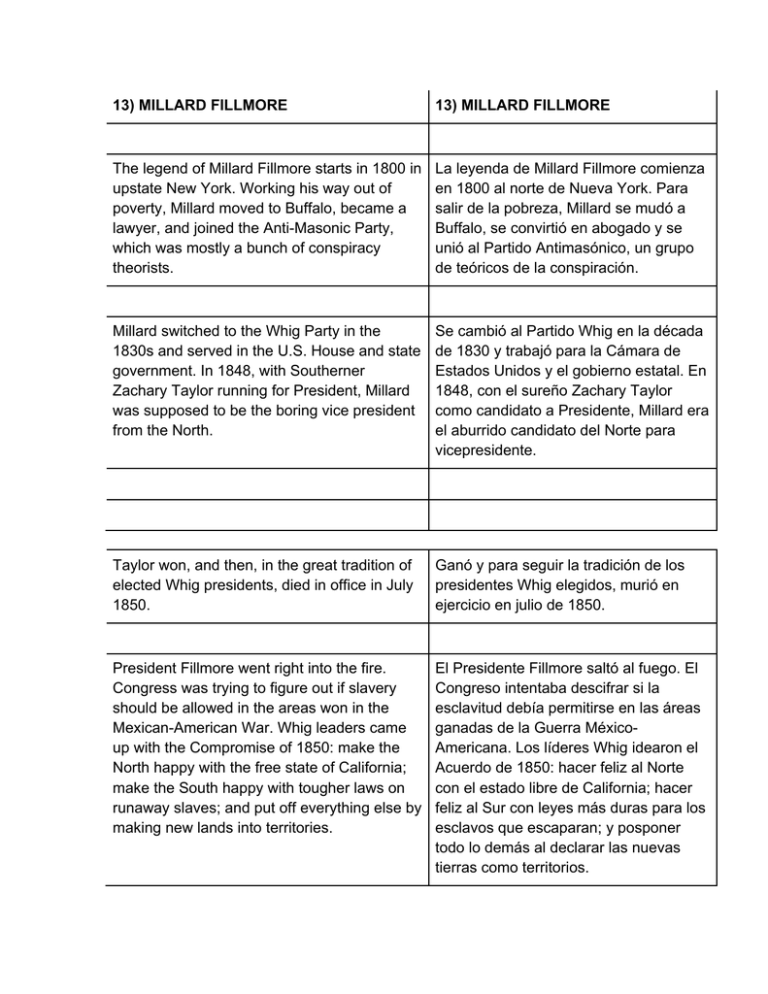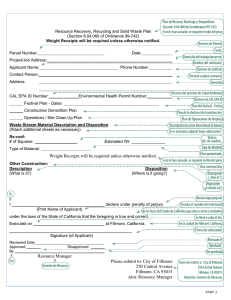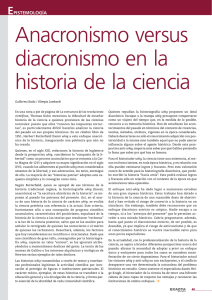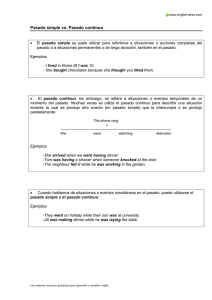13) MILLARD FILLMORE 13) MILLARD FILLMORE
Anuncio

13) MILLARD FILLMORE 13) MILLARD FILLMORE The legend of Millard Fillmore starts in 1800 in upstate New York. Working his way out of poverty, Millard moved to Buffalo, became a lawyer, and joined the Anti-Masonic Party, which was mostly a bunch of conspiracy theorists. La leyenda de Millard Fillmore comienza en 1800 al norte de Nueva York. Para salir de la pobreza, Millard se mudó a Buffalo, se convirtió en abogado y se unió al Partido Antimasónico, un grupo de teóricos de la conspiración. Millard switched to the Whig Party in the 1830s and served in the U.S. House and state government. In 1848, with Southerner Zachary Taylor running for President, Millard was supposed to be the boring vice president from the North. Se cambió al Partido Whig en la década de 1830 y trabajó para la Cámara de Estados Unidos y el gobierno estatal. En 1848, con el sureño Zachary Taylor como candidato a Presidente, Millard era el aburrido candidato del Norte para vicepresidente. Taylor won, and then, in the great tradition of elected Whig presidents, died in office in July 1850. Ganó y para seguir la tradición de los presidentes Whig elegidos, murió en ejercicio en julio de 1850. President Fillmore went right into the fire. Congress was trying to figure out if slavery should be allowed in the areas won in the Mexican-American War. Whig leaders came up with the Compromise of 1850: make the North happy with the free state of California; make the South happy with tougher laws on runaway slaves; and put off everything else by making new lands into territories. El Presidente Fillmore saltó al fuego. El Congreso intentaba descifrar si la esclavitud debía permitirse en las áreas ganadas de la Guerra MéxicoAmericana. Los líderes Whig idearon el Acuerdo de 1850: hacer feliz al Norte con el estado libre de California; hacer feliz al Sur con leyes más duras para los esclavos que escaparan; y posponer todo lo demás al declarar las nuevas tierras como territorios. Taylor hated that plan, but Fillmore was fine with it. He signed it into law. Because it was a compromise, it annoyed both Northerners and Southerners, and Fillmore didn’t get the presidential nomination in 1852 for a second term. Regional conflict over slavery was finally tearing the Whig Party apart. Taylor odiada el plan, pero para Fillmore estaba bien. Lo convirtió en ley. Debido a que era un acuerdo, molestó a los del Norte y el Sur, y Fillmore no obtuvo la nominación presidencial en 1852 para un segundo mandato. El conflicto regional por la esclavitud por fin comenzaba a dar fin al Partido Whig.





